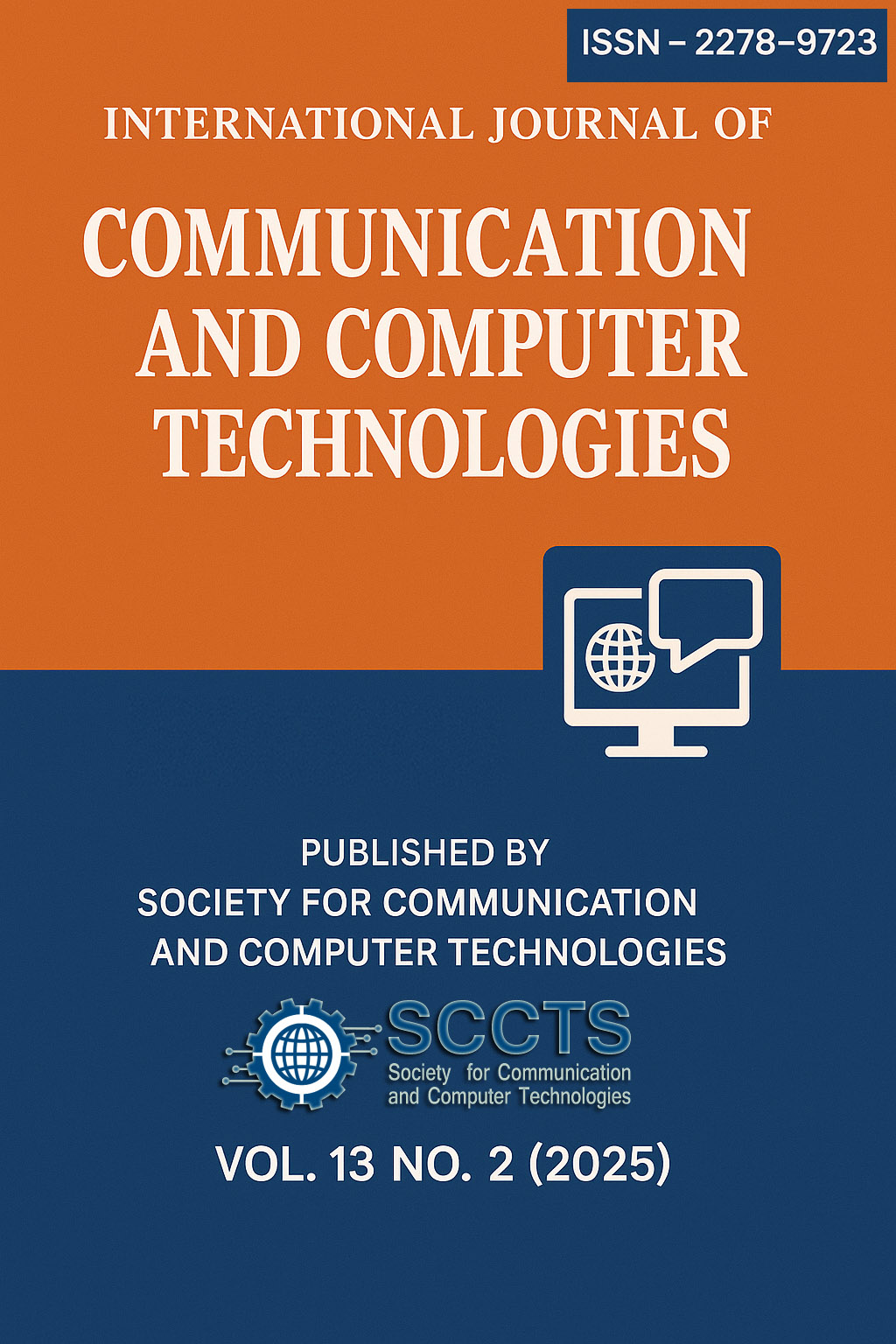Implementation of Adaptive Motion Controlled Wheel Chair
Keywords:
ESP 32, Sensors, Node MCU, IoTAbstract
Individuals who are physically disabled face everyday obstacles resulting from birth defects, mishaps, or diseases. Our research intends to create a wheelchair specifically designed to enable people who are unable to manage other body parts to communicate by moving their heads. Our solution, an intelligent head-motion wheelchair, combines wireless communication, obstacle detection, and an Internet of Things alarm system. Head motions are recognized and stored by the system, which establishes a “neutral position”
as the common reference. In the control mode, the wheelchair is propelled by DC motors that interpret head motions that are sensed. Interestingly, when the head returns to its neutral position, the wheelchair stays still, guaranteeing control and safety at all times. the creation and use of a wheelchair alert system that makes use of the Blynk IoT platform, an accelerometer sensor, and a Node MCU microcontroller. By quickly alerting caretakers through the Blynk mobile app when the wheelchair tilts or falls, the technology seeks
to improve user safety. Using the accelerometer sensor, the Node MCU continuously checks the wheelchair’s alignment. If there are any rapid changes that could indicate falls or tilts, it notifies the Blynk app over Wi-Fi. On their iPhones, caregivers get real-time alerts that facilitate prompt care.
Downloads
Published
How to Cite
Issue
Section
License
Copyright (c) 2024 International Journal of communication and computer Technologies

This work is licensed under a Creative Commons Attribution-NonCommercial-ShareAlike 4.0 International License.





 The articles in Worldwide Medicine are open access articles licensed under the terms of the
The articles in Worldwide Medicine are open access articles licensed under the terms of the 